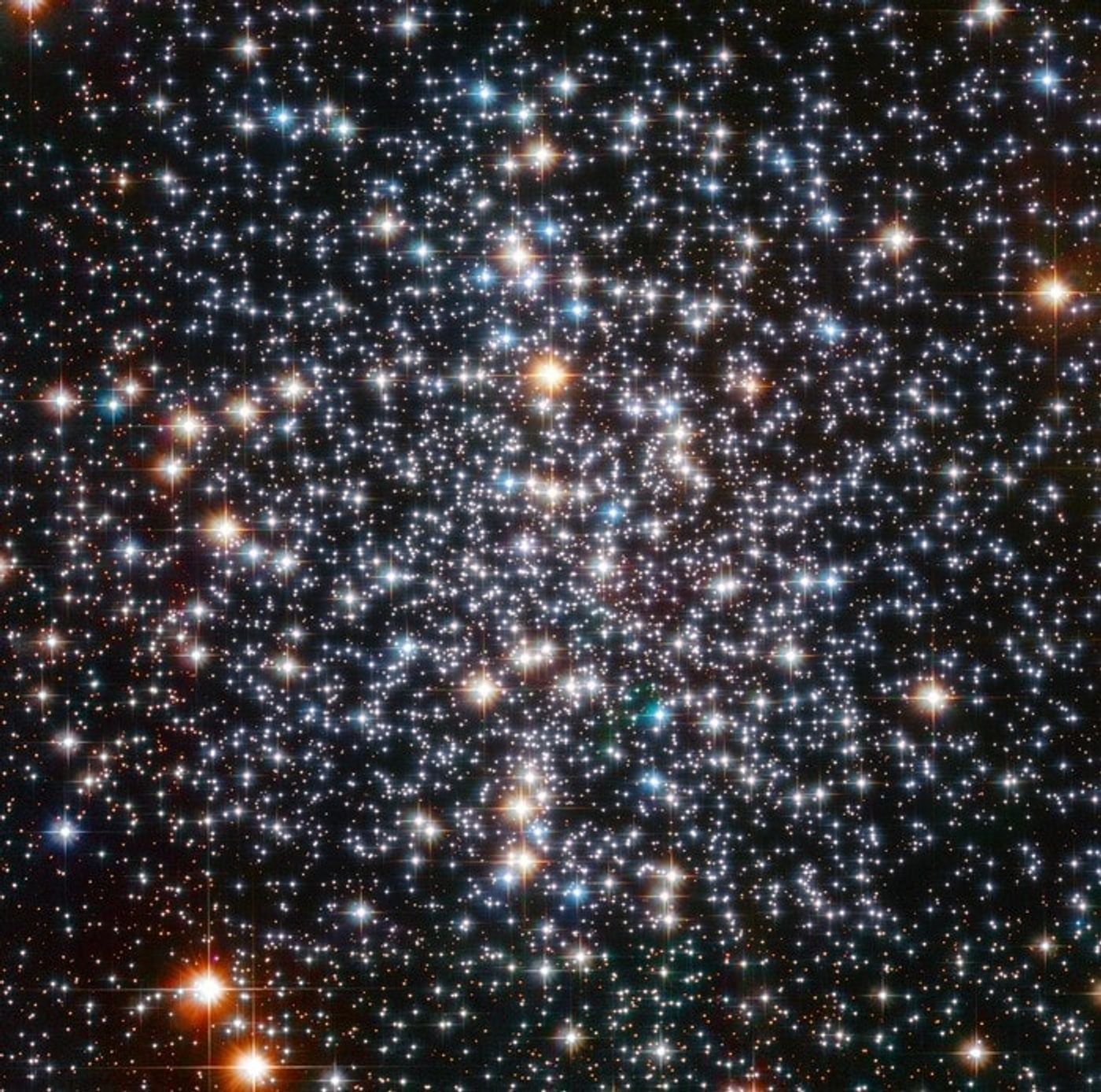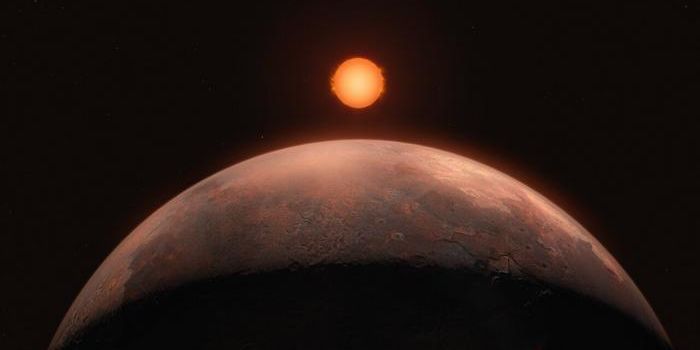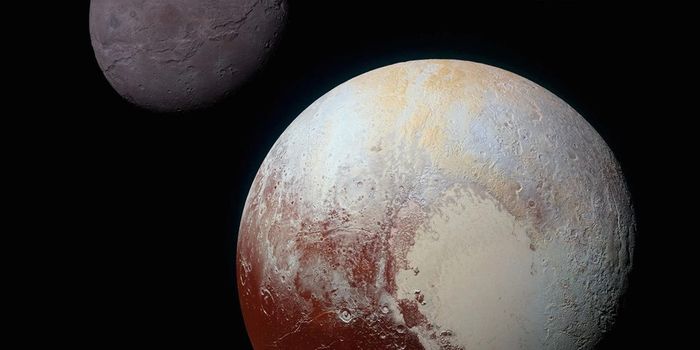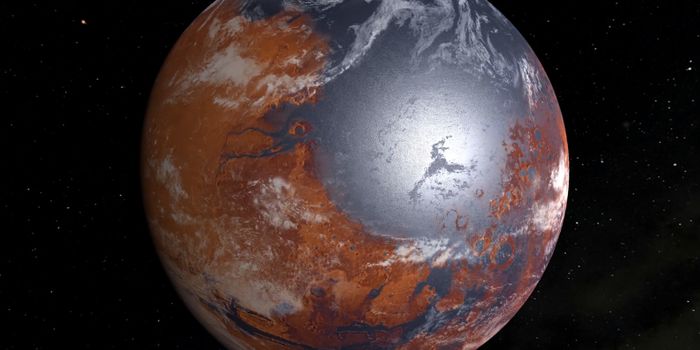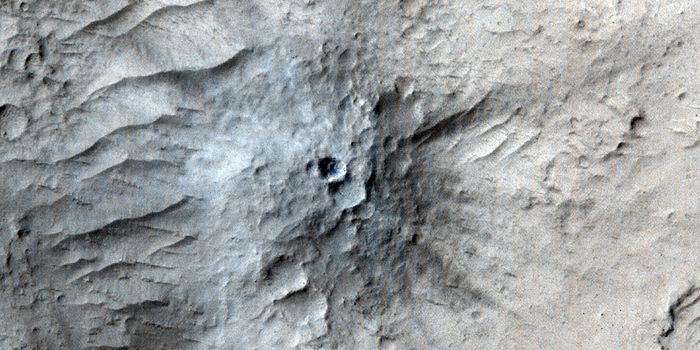Astronomers Detect "Intermediate-Sized" Black Hole Only 6,000 Light-Years Away
A new study scheduled to be published in the Monthly Notices of the Royal Astronomical Society examines what astronomers are calling an “intermediate-sized” black hole located only 6,000 light-years from Earth that was found using NASA’s Hubble Space Telescope. This study could be instrumental in helping scientists better understand black holes, as they have thus far only been classified as small and gigantic. There are currently three types of black holes: “stellar mass” of 1 to 100 solar masses, “intermediate-mass” of 100 to 100,000 solar masses, and “supermassive” of 100,000 to billions of solar masses.
Image of the globular star cluster, Messier 4, which is a dense gathering of several hundred thousand stars, taken by NASA's Hubble Space Telescope. (Credit: ESA/Hubble, NASA)
Located approximately 6,000 light-years away in the globular star cluster Messier 4 (M4), Hubble has detected a potential intermediate-mass black hole with a mass of about 800 times that of our own Sun. While this finding builds off previous findings of potential intermediate-mass black holes using other observational methods and some help from Hubble, this marks the first time that Hubble has been solely used to identify a potential intermediate-mass black hole. Based on the data from Hubble, the researchers have determined that this object is not a neutron star or two smaller black holes orbiting close to each other.
"We have good confidence that we have a very tiny region with a lot of concentrated mass. It's about three times smaller than the densest dark mass that we had found before in other globular clusters," said Dr. Eduardo Vitral, who is an astrophysicist at the Space Telescope Science Institute, and lead author of the study. "The region is more compact than what we can reproduce with numerical simulations when we take into account a collection of black holes, neutron stars, and white dwarfs segregated at the cluster's center. They are not able to form such a compact concentration of mass."
The researchers determined that a small group of objects orbiting close to each other would be unstable, and they estimate it would take approximately 40 small black holes to meet the size of the observed object.
Despite these incredible findings, Dr. Vitral warns that due to the elusiveness of intermediate-mass black holes within globular clusters, "While we cannot completely affirm that it is a central point of gravity, we can show that it is very small. It's too tiny for us to be able to explain other than it being a single black hole. Alternatively, there might be a stellar mechanism we simply don't know about, at least within current physics."
What new discoveries will researchers make about "intermediate-mass" black holes, and other black holes, in the coming years and decades? Only time will tell, and this is why we science!
Sources: Monthly Notices of the Royal Astronomical Society, NASA
As always, keep doing science & keep looking up!
